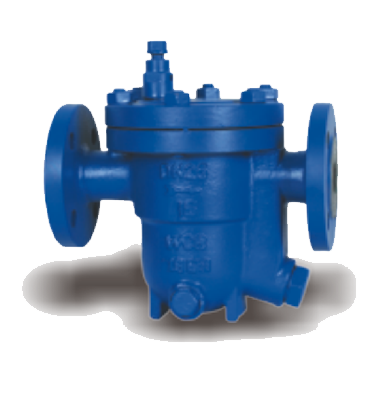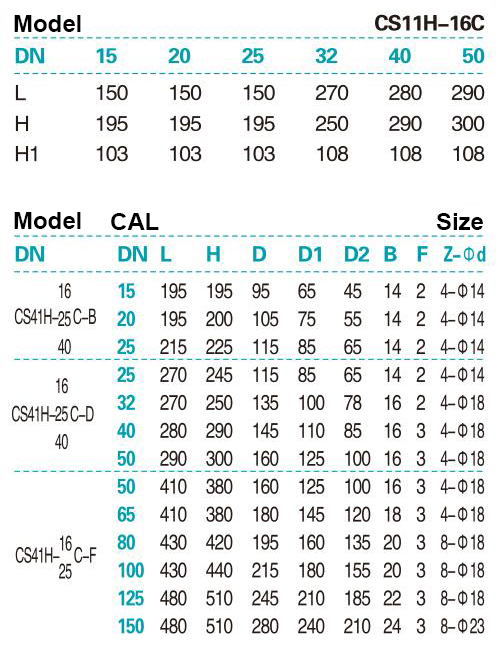● Please confirm the following prohibitions and precautions when using. If the following methods are used without conditions, a serious accident of the valve such as damage to the bellows may occur. If you have any questions, please contact us for confirmation.
● Cannot be used under conditions beyond the scope of use.
● Do not receive impact from water hammer.
● Avoid freezing of liquid in piping.
● Do not use for pipes with strong vibration.
● Avoid fierce openings caused by cylinders, etc.
● Do not use it for high-frequency switches caused by electric motors or cylinders.
● Please control the switching times within 5000 times.
● When carrying large-caliber valves, please use a rope to tie the valve body or yoke and lift it up. Never tie the rope around the handle. Also, be careful not to let the valve fall to the ground so as to hit the handle strongly. This will cause the valve stem to bend and prevent it from opening and closing.
● Do not use an auxiliary valve stem or the like to generate excessive torque during valve stem operation. It may cause damage to the valve such as valve stem bending.
● Do not use it with corrosive fluids. The following table lists representative unusable corrosive fluids. (Hydrochloric acid, nitric acid, dilute sulfuric acid, formic acid, ammonium persulfate, aluminum chloride, etc.) For fluids with high viscosity and fluids that harden at low temperatures, keep the fluid to prevent it from sticking to the bellows.
● To prevent the valve from entering the valve, do not remove the sealing cap of the flange before using the piping.
● Keep the valve in a room with little moisture and little dust. Do not place in open air.
● Do not disassemble or exchange parts.
● The flow direction should be the same as the mark on the valve body.
● When the valve is in the fully closed state, if the handle is suddenly and strongly tightened, foreign matter may be entangled in the base surface, which may cause the bottom surface to leak.
● After closing the valve gently, slightly open the valve to blow off foreign objects near the base, and then tighten the handle. In extremely small use, the high-return fluid can impact the seat surface or the valve body, which can cause corrosion. (Mechanical corrosion) When the frequency of use is high, the trapezoidal thread of the valve stem may be flattened. Perform regular lubrication.







